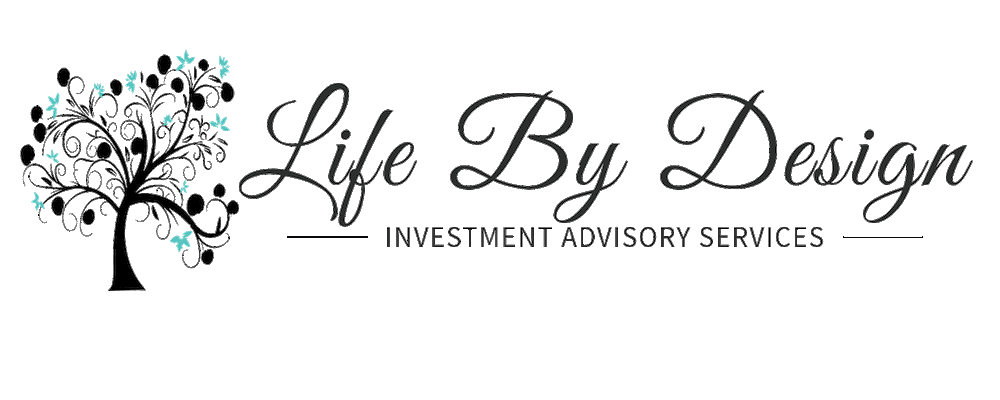Running a business is not just about providing exceptional services—it’s also about managing finances, optimizing tax strategies, and securing long-term financial stability. Many business owners focus on their craft but may not realize the importance of working with a financial planner until financial challenges arise.
Whether you’re launching a new venture, navigating cash flow fluctuations, or planning for retirement, here are the key moments when seeking advice from a financial planner can help you build a profitable and sustainable future.
1. When You’re Starting a Business
Launching a business requires a significant financial investment, from securing a location and purchasing equipment to hiring staff and marketing your services. A financial planner can help you:
- Create a realistic budget for startup expenses.
- Develop a business plan that aligns with your financial goals.
- Secure financing through loans, investors, or personal savings.
- Determine the best business structure (LLC, S-Corp, or sole proprietorship) for tax and liability purposes.
A well-planned financial strategy from the start can help prevent costly mistakes and ensure long-term success.
2. When You’re Experiencing Cash Flow Challenges
Many business owners face seasonal revenue fluctuations, unexpected expenses, or cash flow gaps. A financial planner can:
- Analyze revenue trends and identify strategies to stabilize cash flow.
- Help implement membership programs, pre-paid service packages, or strategic pricing adjustments.
- Develop a savings plan to prepare for slower months or emergencies.
If you’re struggling to cover rent, payroll, or supply costs, it’s time to reassess your financial strategy with professional guidance.
3. When You’re Expanding or Hiring More Staff
Growth is exciting, but it comes with financial risks. Whether you’re adding new locations, hiring additional staff, or launching new services, a financial planner can:
- Conduct a financial feasibility analysis to determine if expansion is viable.
- Assist with securing additional funding or reinvesting business profits wisely.
- Structure employee compensation (salary, commission, or independent contractor agreements) to maximize profitability.
- Ensure compliance with labor laws, payroll taxes, and employee benefits.
Expanding too quickly or without a sound financial strategy can lead to long-term financial strain.
4. When Tax Time Becomes Overwhelming
Business owners often struggle with tax planning, which can lead to overpaying taxes or facing unexpected liabilities. A financial planner can:
- Identify tax deductions specific to your industry, including equipment, supplies, and professional development.
- Work with your accountant to optimize your tax strategy throughout the year.
- Advise on reinvesting profits versus distributing them as income.
- Ensure compliance with sales tax, payroll taxes, and self-employment taxes.
A proactive tax strategy can reduce financial stress and help you keep more of your hard-earned money.
5. When You Want to Save for Retirement
As a business owner, your business is your primary income source, but have you planned for your future? A financial planner can:
- Help you set up a retirement plan such as a SEP IRA, 401(k), or other tax-advantaged savings options.
- Develop a long-term investment strategy to grow your personal wealth.
- Ensure financial independence even if you decide to step away from the business.
Your business should support your future, not just your present.
6. When You’re Considering Selling or Exiting the Business
If you’re thinking about selling your business, transitioning to a new venture, or retiring, financial planning is essential. A financial planner can:
- Value your business to ensure you get the best sale price.
- Structure the sale to minimize tax implications.
- Create an exit strategy that aligns with your financial goals.
- Assist with business succession planning if passing ownership to a family member or business partner.
Having a well-planned exit strategy ensures you fully benefit from the years of hard work you put into your business.
7. When You Want to Build Personal Wealth
Your business is a significant part of your financial picture, but it shouldn’t be your only source of wealth. A financial planner can help you:
- Diversify investments beyond your business.
- Explore real estate or other asset-building opportunities.
- Develop a strategy to ensure long-term financial security for you and your family.
Growing your personal wealth alongside your business helps you achieve financial freedom.
A financial planner is not just for large corporations or the ultra-wealthy—they are a valuable resource for business owners who want to maximize profitability, minimize taxes, and plan for the future.
Ready to take control of your financial future? Life By Design Investment Advisory Services has experience working with business owners across industries, helping align their passions with financial goals. With the right guidance, you can make informed financial decisions to support your long-term success.
Life By Design Investment Advisory Services is a registered investment adviser. Information presented is for educational purposes only and does not intend to make an offer or solicitation for the sale or purchase of any specific securities, investments, or investment strategies. Investments involve risk and, unless otherwise stated, are not guaranteed. Be sure to first consult with a qualified financial adviser and/or tax professional before implementing any strategy discussed herein.










